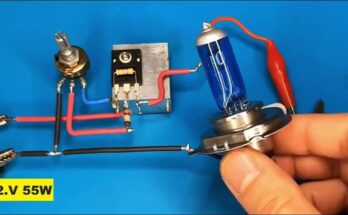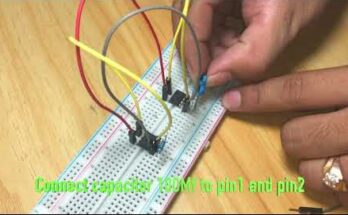Building a 220VAC generator for home use is an excellent way to create a reliable backup power source during power outages or for use in areas without electricity. A generator converts mechanical energy into electrical energy, typically using a gasoline or diesel engine connected to an alternator. To build one safely and effectively, you need to understand both mechanical and electrical components.
Start by selecting a suitable engine, such as a 4-stroke gasoline engine from a motorcycle or small water pump. The engine’s power rating determines how much electrical output you can generate—typically, a 5–7 horsepower engine can drive a 2–3 kW alternator, enough to power lights, fans, and small appliances at home. The alternator (or generator head) should be rated for 220VAC output with 50Hz frequency if you are in regions using that standard.
Next, you need a coupling mechanism to connect the engine shaft to the alternator shaft. This can be done using a belt and pulley system or a direct coupling for better efficiency. A voltage regulator (AVR) is required to maintain a stable 220V output even when the load changes. It automatically adjusts the field current in the alternator to keep voltage consistent.
Safety is crucial—install circuit breakers, fuses, and grounding to protect both the generator and your home appliances. Always use heavy-duty wiring and keep the generator in a well-ventilated area to avoid carbon monoxide buildup.
Finally, test the generator by running it with no load first, then gradually adding appliances. Regular maintenance—such as checking oil levels, cleaning air filters, and tightening connections—will ensure long-lasting performance. With proper setup and care, your homemade 220VAC generator can provide dependable electricity whenever you need it.


